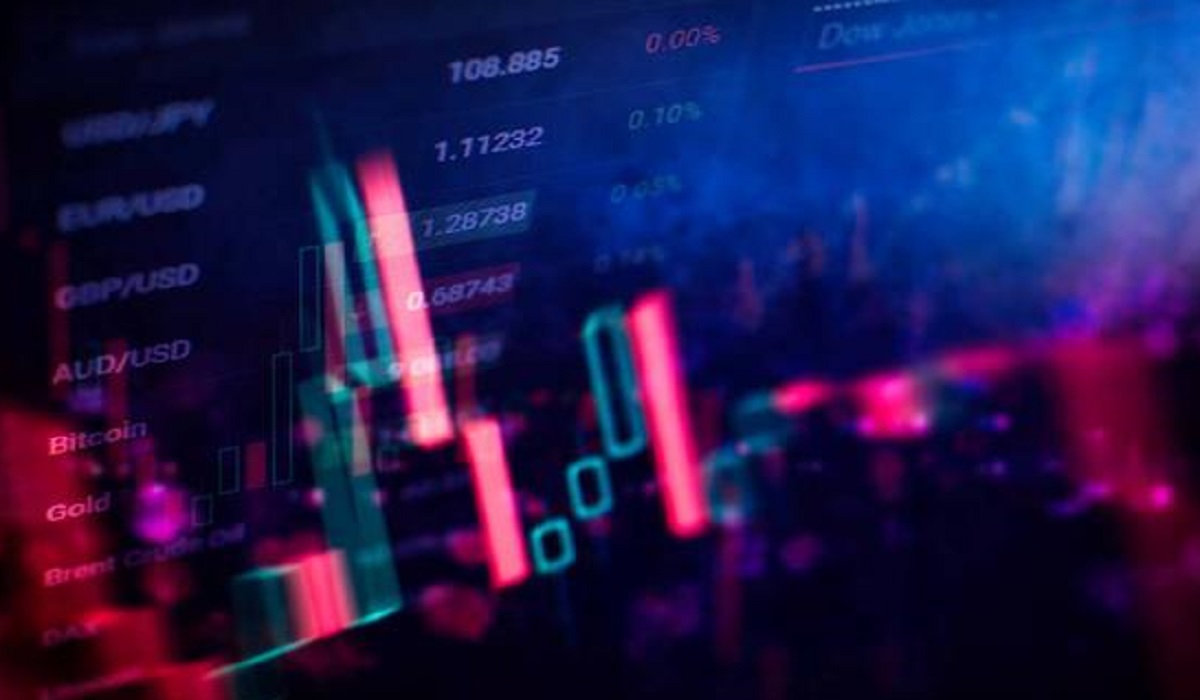What is Technical analysis in the stock market, what are the most frequently used technical analysis methods
Moving averages are statistical calculations that average out the past prices of a security over a set period of time. These averages can be used to identify trends and to smooth out price fluctuations. For example, a 50-day moving average is calculated by averaging the closing prices of a security over the past 50 days. If the security’s price is above its moving average, this may indicate an uptrend, while if the price is below the moving average, it may indicate a downtrend. Moving averages can be calculated using different time periods and can be adjusted to suit different trading styles and timeframes.
Indicators are mathematical calculations based on the price and/or volume of a security. There are many different indicators, each with its own specific use. Some common indicators include the relative strength index (RSI), moving average convergence divergence (MACD), and stochastic oscillator. These indicators can be used to identify trends, overbought and oversold conditions, and potential reversal points. Indicators are based on complex formulas and can be adjusted to suit different trading styles and timeframes.
Chart patterns are identifiable shapes that can form on a chart. These patterns can be used to predict future price movements. Some common patterns include head and shoulders, double tops and bottoms, and triangles. These patterns are based on the idea that price movements follow certain repetitive patterns, and that these patterns can be used to forecast future activity.
Technical analysis can be used in conjunction with fundamental analysis, which looks at a company’s financial statements and other factors to determine its intrinsic value. Together, these two methods can provide a comprehensive view of a security’s potential. Technical analysis can be a useful tool for traders and investors, but it is important to remember that it is only one part of the investment process and should not be relied upon exclusively.
Moving averages are statistical calculations that average out the past prices of a security over a set period of time. These averages can be used to identify trends and to smooth out price fluctuations. For example, a 50-day moving average is calculated by averaging the closing prices of a security over the past 50 days. If the security’s price is above its moving average, this may indicate an uptrend, while if the price is below the moving average, it may indicate a downtrend. Moving averages can be calculated using different time periods and can be adjusted to suit different trading styles and timeframes.
Indicators are mathematical calculations based on the price and/or volume of a security. There are many different indicators, each with its own specific use. Some common indicators include the relative strength index (RSI), moving average convergence divergence (MACD), and stochastic oscillator. These indicators can be used to identify trends, overbought and oversold conditions, and potential reversal points. Indicators are based on complex formulas and can be adjusted to suit different trading styles and timeframes.
Chart patterns are identifiable shapes that can form on a chart. These patterns can be used to predict future price movements. Some common patterns include head and shoulders, double tops and bottoms, and triangles. These patterns are based on the idea that price movements follow certain repetitive patterns, and that these patterns can be used to forecast future activity.
Technical analysis can be used in conjunction with fundamental analysis, which looks at a company’s financial statements and other factors to determine its intrinsic value. Together, these two methods can provide a comprehensive view of a security’s potential. Technical analysis can be a useful tool for traders and investors, but it is important to remember that it is only one part of the investment process and should not be relied upon exclusively.

